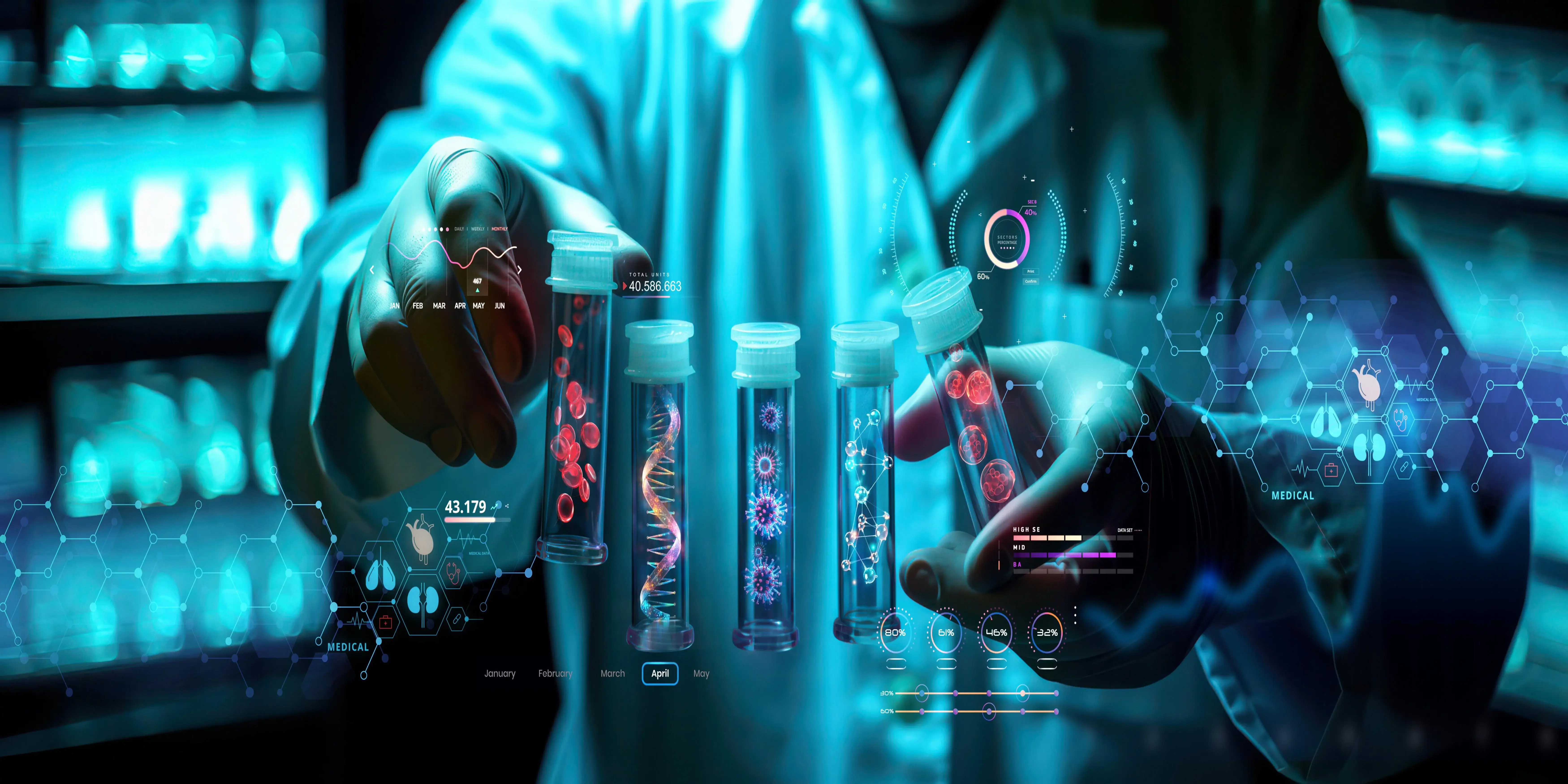Blood sampling is an essential part of medical research and diagnosis. It provides an absolute range of information that is required for laboratory research, diagnosis of disease, and monitoring the health conditions. Blood samples are a vital component of modern health care-from routine checkups to complex genetic tests. This paper discusses the techniques used for the withdrawal of blood samples, the use of blood samples in diagnosis, the troubles faced by the process, and new trends in critical practice.
Understanding Blood Sample Collection
Types of Blood Samples
According to the test purpose and volume of blood used, there are several types of blood samples. The most common two kinds are capillary blood, which is drawn from a heel stick or finger prick of a newborn, and venous blood, obtained from a vein. One specialty test that utilizes arterial blood, therefore taken from an artery, is arterial blood gas analysis.
Role of Blood Samples in Diagnostics
Blood samples are very significant to the diagnosis of diverse health disorders, like infectious diseases, and anemia, and chronic illnesses, like diabetes and cardiovascular disorders. Each sample type gives different insights into the body's operations and is clinically applied for respective purposes. By breaking up blood into its various parts, for example, red blood cells and white blood cells, platelets, and plasma, healthcare workers will be better placed to understand what is going on in their different organs, determine infections, assess the performance of medication, and any abnormal changes.
Phlebotomy: The Art of Blood Sample Collection
Phlebotomy is a medical procedure that involves getting blood samples from veins. It incorporates a syringe or vial into which a needle is inserted into the vein, on the arm as a default point. A professional like a phlebotomist, a nurse, or a doctor performs this procedure, usually painlessly and safely but requires proper execution to avoid complications such as infection, fainting, or bruising. It is important that for the process to be both patient-safe and valuable for diagnosis; there must be sterile equipment, clear identification, and concern for safety procedures.
Techniques of Blood Sample Collection
Venipuncture
Blood collection can be performed through venipuncture, which is the most common method applied. It refers to how a needle is inserted into a vein. It may use veins from the forearm or the back of the hand. However, it commonly gets drawn from the median cubital vein since it has significant size and anatomical access. A tourniquet is then tied in the process to make the vein more apparent, an antiseptic is applied in the area for sterility, and then a needle is used for the drawing process.
Capillary Blood Sampling
Capillary blood sampling involves the use of a puncture through the skin, typically at the heel or tip of the finger, to collect a small volume of blood. This process is often applied for blood sample collection for blood group typing for newborn screening and glucose monitoring in cases of diabetes because it is less invasive than venipuncture.
Arterial blood sampling
Arterial blood sampling takes blood directly from an artery, and it is also applied when a small amount of blood is required, making it suitable for rapid assays, and in patients in whom the veins are not accessible. ABG tests involve measuring carbon dioxide and oxygen levels to check lung function amongst other things. Venipuncture is simpler and more convenient to perform than an arterial puncture; therefore it is conducted in critical care when a patient is anesthetized.
The Importance of Blood Samples in Medical Diagnostics
Diagnostic Blood Tests
Diagnostic blood tests include more specific tests revealing specific diseases or conditions and routine checks, such as cholesterol tests and full blood counts (CBC). For instance, liver function tests determine the state of the liver, while blood glucose testing helps diagnose and monitor diabetes. Blood tests may also detect markers for cancer genetic disorders or infections such as hepatitis or HIV.
Monitoring Chronic Conditions
Routine blood testing is especially important for those who have more chronic medical illnesses, such as diabetes or heart and renal diseases. Blood tests tell doctors if treatments are working properly so changes in prescriptions or therapy can be made if necessary. For example, Hemoglobin A1c tests help diabetes patients monitor their blood sugar levels over time. Another example is lipid panels that measure cholesterol and triglycerides to determine the level of risk for cardiovascular disease.
Blood samples research
Apart from being meaningful for the care of individual patients, blood samples play a very crucial role in medical research. Samples of blood assist researchers in studying the causes of diseases, assessing new therapeutic strategies, and discovering biomarkers for early diagnosis of diseases. Biobanks hold large volumes of samples from different populations, thus enabling researchers to analyze the relations between conditions and diseases in population-based studies that advance medical knowledge.
Challenges in Blood Sample Collection
Patient Anxiety and Pain
Blood draws are painful because most patients suffer from anxiety or fear of needles. For some patients, pain from venipuncture is another source of anxiety, especially in small children or someone afraid of needles. Techniques such as using smaller needles and topical anesthetics along with a calm environment can help reduce patient discomfort and pain.
Poor Venous Access
Some patients-for example, elderly individuals, dehydrated patients, or those with certain medical conditions veins that are hard to find or puncture. That means trying venipuncture more than once, which would be painful and increase the chances of problems like hemorrhage or hematoma. In problematic venous access patients, ultrasound-guided procedures may provide higher success rates in blood collection for experienced phlebotomists.
Contamination and Hemolysis
Contamination of the blood sample is very common and may interfere with the accuracy of test results. Poor storage procedures, using incorrectly labeled products, or failure to follow sterile procedures may introduce foreign substances into the sample. A possible issue if the blood is drawn too fast or too aggressively is the hemolysis breakdown of red blood cells at the time of collection. Contamination and hemolysis can lead to a wrong outcome and require that the test be repeated while also delaying diagnosis.
Conclusion
This is also one area where access is limited to laboratories. Collecting blood samples is an essential element of modern health care because it provides vital information in medicine, both regarding the monitoring of therapy and for establishing a diagnosis. It may seem simple on the face of it, but complex interactions between patient care, technological development, and methodology ensure the proper and safe harvesting of samples. It must be stated that samples of blood are crucial for the diagnosis of disease, health monitoring, and medical research. However, to make the process better, problems such as pain from the patient, poor venous access, and contamination must be dealt with. Advances in automation, point-of-care testing, and more non-invasive procedures will continue to affect the character of how blood samples are collected going forward and thus bring improved effectiveness, access, and comfort for patients. The collection of blood samples will be a highly sought area by the healthcare sector as the technology develops.



